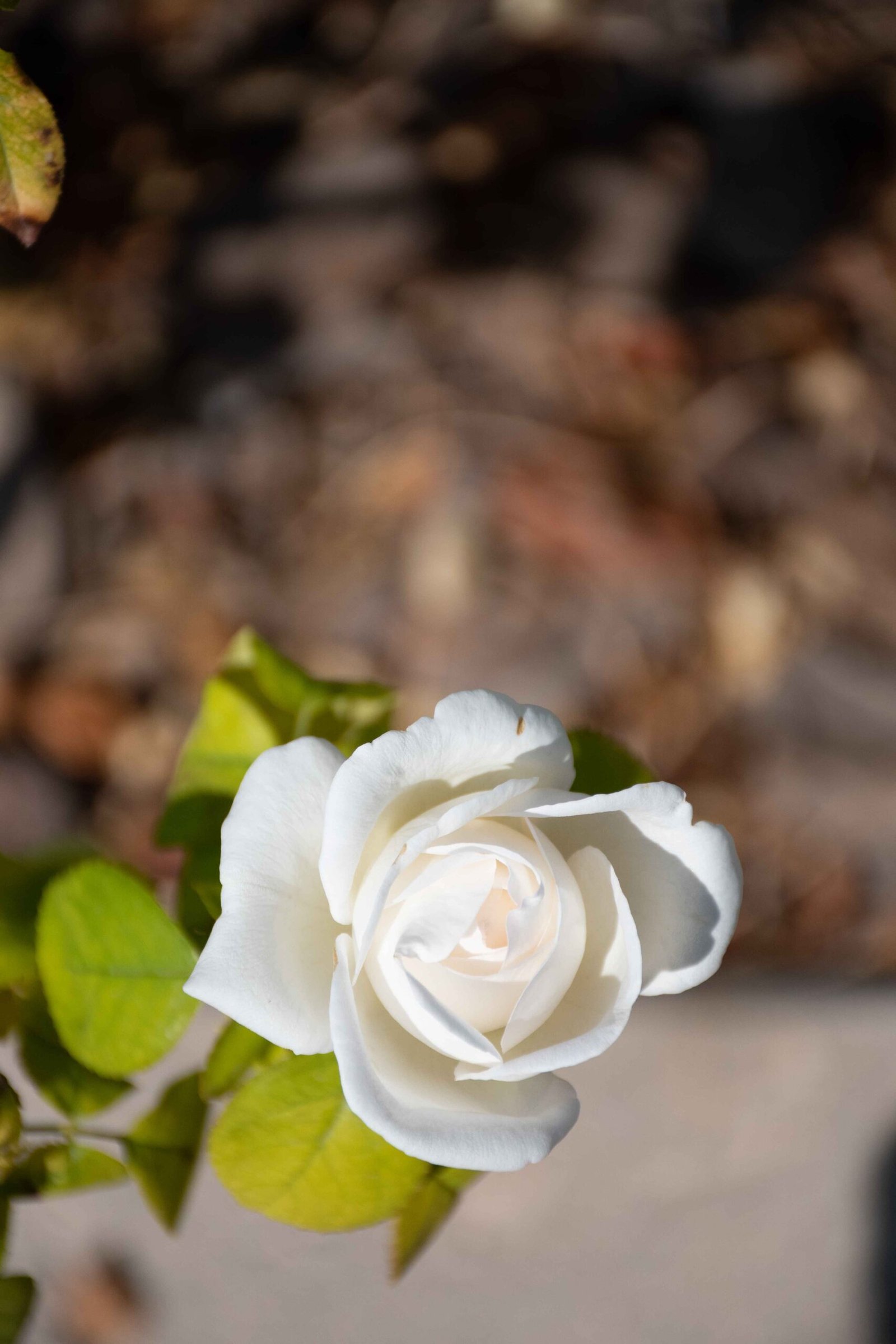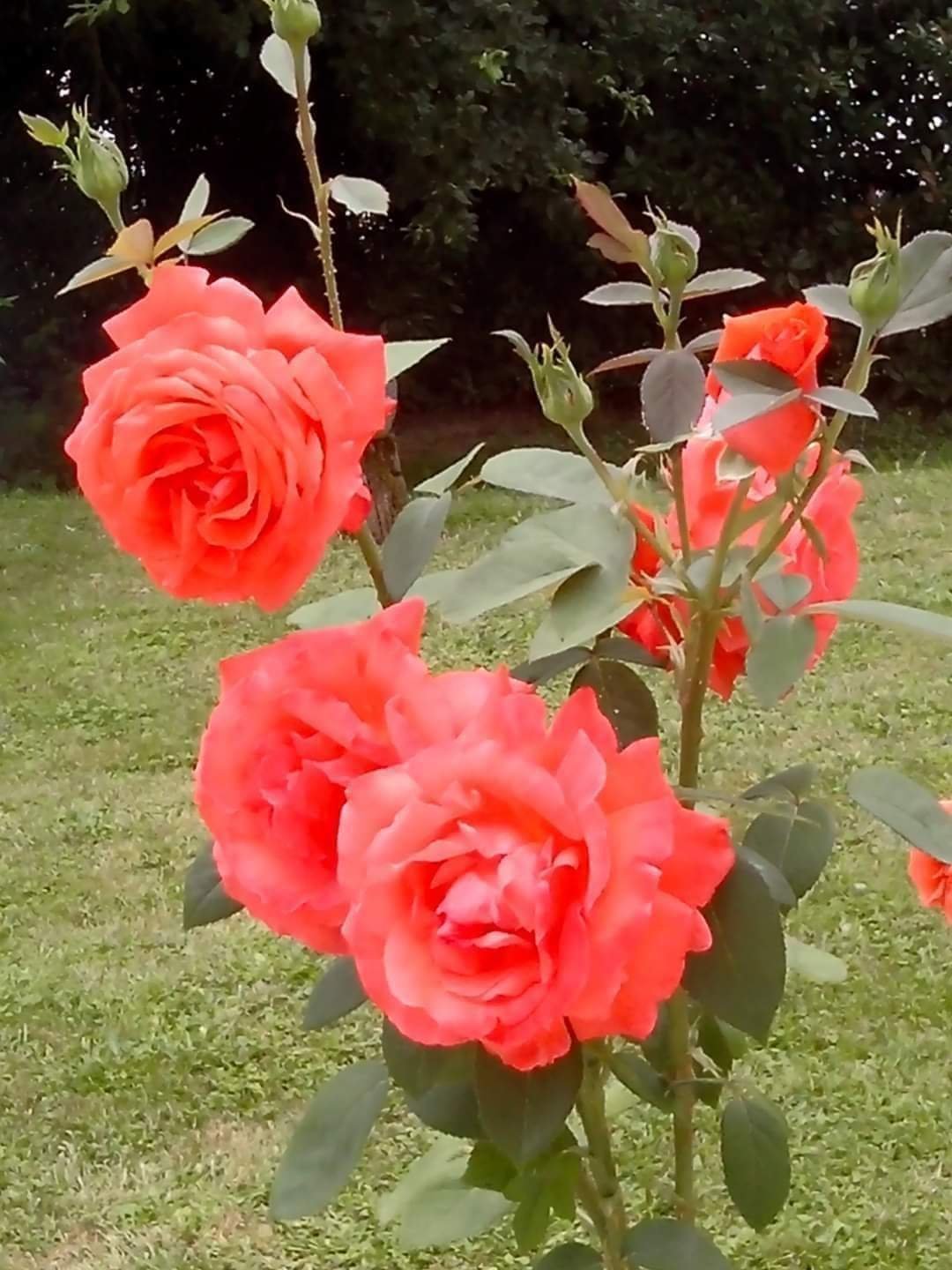How to Identify Rose Diseases: A Comprehensive Guide

Summary
Identifying rose diseases is crucial for effective treatment and prevention. This guide covers the specific visual symptoms of common rose diseases, including Black Spot, Powdery Mildew, Rust, Rose Rosette Disease (RRD), and Botrytis Blight. It also discusses the environmental conditions that contribute to disease development, recommended diagnostic methods, and effective treatment options and preventative measures.
What are the Specific Visual Symptoms of Common Rose Diseases?

Black Spot
- Circular, black spots on leaves, typically 1/10 to 1/2 inch in diameter, surrounded by a yellow halo. Infected leaves often drop prematurely, starting from the bottom of the plant and progressing upward.
- The fungus can also cause raised, purple-red blotches on the immature wood of first-year canes.
Powdery Mildew
- Characterized by a white, powdery growth on the upper surfaces of leaves, but it can also occur on the lower surfaces. Early symptoms may include chlorotic or reddish areas or patches on leaves.
- Infected young shoots can be distorted and twisted, with leaves curling upward and becoming deformed. Flower buds may fail to open.
Rust
- Identified by small, orange pustules on both leaf surfaces, particularly on the lower surface. These pustules gradually enlarge and become more pronounced. Chlorotic or mottled areas develop on the upper surface directly over the pustules.
- By late summer or early fall, the pustules turn black and contain spores for winter survival. Heavy infections can lead to premature defoliation.
Rose Rosette Disease (RRD)
- Symptoms include elongated shoots, red or yellow leaf mottle, leaf distortion, excessive prickles (thorns), succulent and thickened stems, and a witches’ broom (rosette) appearance. Flowers may be distorted, mottled, or blighted and fail to open fully.
Botrytis Blight
- Characterized by grayish-brown, fuzzy growth on infected plant parts, including flowers, buds, canes, and growing tips. Small, tan flecks or patches appear on flower petals and buds, which may droop and fail to open.
What Environmental Conditions Contribute to Disease Development?
Black Spot
- Favored by wet and cool conditions, especially in the spring and fall. Warm weather above 80°F (26°C) and dry conditions inhibit the disease.
Powdery Mildew
- Develops under relatively dry conditions but requires humid and warm air. It is particularly troublesome in glasshouses.
Rust
- Favored by cool, wet conditions. The fungus overwinters in infected tissue and can survive on trellises and fences near the host plant.
Rose Rosette Disease (RRD)
- Spread by the rose leaf curl mite, which feeds on cell sap of tender stems and leaf petioles. The disease is not directly influenced by specific environmental conditions but is facilitated by the presence of the mite vector.
Botrytis Blight
- Favored by periods of cool, cloudy, humid weather. The fungus is most active when temperatures are between 62°F and 72°F (17°C and 22°C).
What are the Recommended Diagnostic Methods?
Visual Inspection
- Carefully inspect the plant for specific symptoms such as black spots, powdery mildew, rust pustules, or the characteristic witches’ broom of RRD. Look for patterns of leaf discoloration, distortion, and other unique symptoms.
Laboratory Testing
- For definitive diagnosis, especially in cases where symptoms are ambiguous, laboratory testing such as PCR (Polymerase Chain Reaction) for viral diseases like RRD and rose mosaic virus can be used.
Tools and Equipment
- Magnifying glasses or hand lenses can be useful for inspecting small symptoms like rust pustules or powdery mildew.
- Gloves and sterile tools are necessary to prevent the spread of diseases during inspection and pruning.
What are the Effective Treatment Options and Preventative Measures?
Black Spot
- Treatment: Use fungicides labeled for black spot control. Remove and dispose of infected leaves to prevent further spread. Improve air circulation and reduce watering to prevent moisture accumulation.
- Prevention: Practice good sanitation, remove weeds, and avoid overhead watering. Use resistant rose varieties.
Powdery Mildew
- Treatment: Apply fungicides specifically labeled for powdery mildew. Prune infected areas and improve air circulation.
- Prevention: Maintain good air circulation, avoid high nitrogen fertilizers, and water plants at the base to avoid wetting the leaves.
Rust
- Treatment: Remove and dispose of infected leaves and canes. Apply fungicides labeled for rust control.
- Prevention: Use resistant rose varieties, remove weeds, and avoid overhead watering. Clean tools and equipment regularly.
Rose Rosette Disease (RRD)
- Treatment: There is no cure for RRD. Infected plants should be removed and disposed of to prevent the spread of the disease.
- Prevention: Monitor for the rose leaf curl mite and use miticides if necessary. Plant healthy roses from reputable sources.
Botrytis Blight
- Treatment: Prune out infected areas, and apply fungicides labeled for Botrytis control. Improve air circulation and reduce moisture accumulation.
- Prevention: Avoid overhead watering, remove weeds, and ensure good air circulation. Use resistant rose varieties.
Reference:
- Rose Rosette Disease – Oklahoma State University Extension
https://extension.okstate.edu/fact-sheets/rose-rosette-disease.html - Common Diseases of Rose – CT.gov
https://portal.ct.gov/caes/fact-sheets/plant-pathology/common-diseases-of-rose - Rose Diseases – Home & Garden Information Center, Clemson University
https://hgic.clemson.edu/factsheet/rose-diseases/
